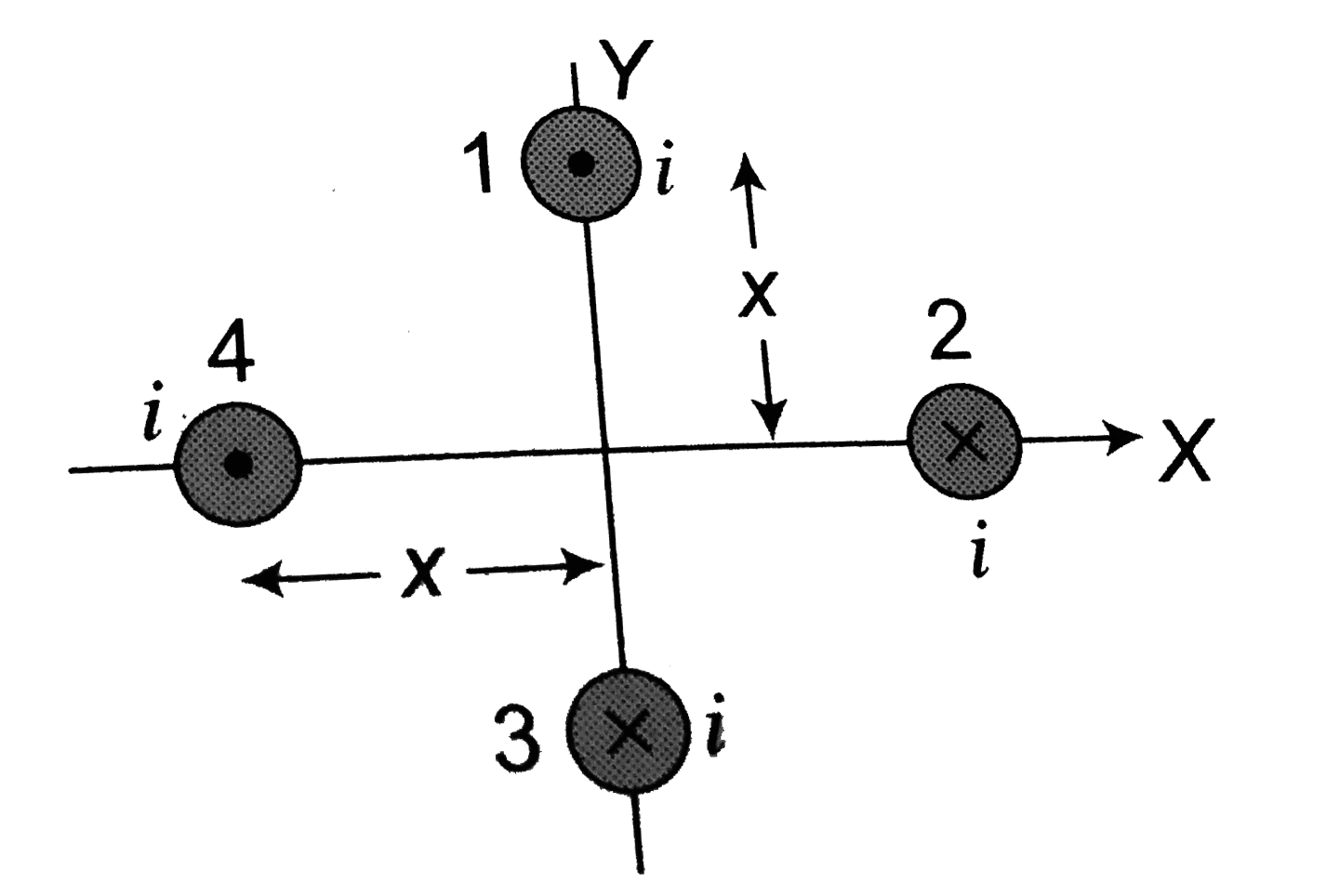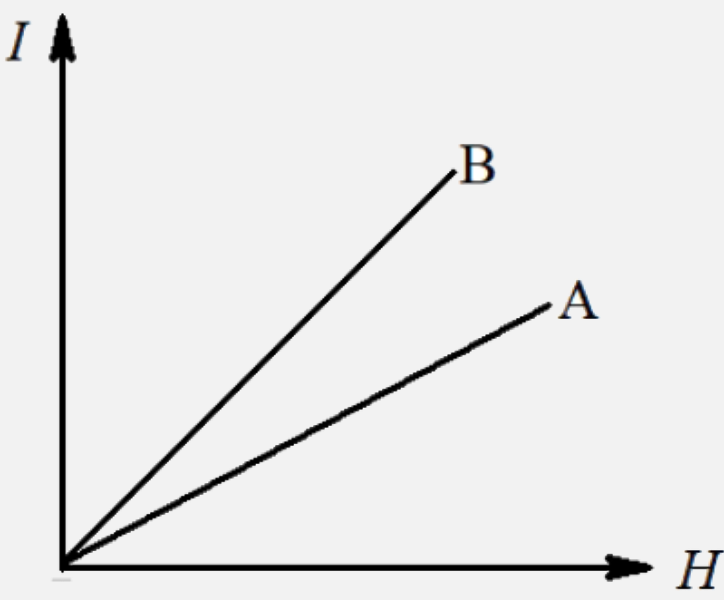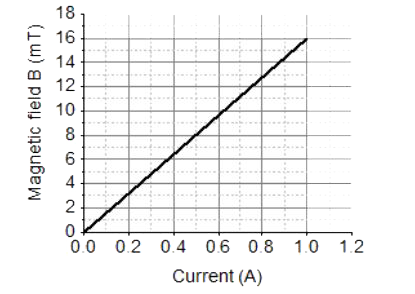Mustard was growing in two fields- A and B. While Field A produced brown coloured seeds, field B produced yellow coloured seeds.
It was observed that in field A, the offsprings showed only the parental trait for consecutive generations, whereas in field B, majority of the offsprings showed a variation in the progeny.
What are the probable reasons for these?
To address the question regarding the differences observed in the mustard plants growing in fields A and B, we can analyze the inheritance patterns of the seed colors.
1. Identify the Traits:
- In Field A, the mustard plants produced brown seeds.
- In Field B, the mustard plants produced yellow seeds.
2. Understand Dominance and Recessiveness:
- The brown seed color is a recessive trait, which means it is only expressed when the plant has two copies of the recessive allele (homozygous condition).
- The yellow seed color is a dominant trait, which means it can be expressed with either one or two copies of the dominant allele (homozygous or heterozygous condition).
3. Analyze Offspring in Field A:
- Since only brown seeds are produced in Field A, it indicates that the plants are likely homozygous for the brown seed trait (bb).
- As a result, all offspring from these plants will also produce brown seeds, showing no variation across generations.
4. Analyze Offspring in Field B:
- In Field B, where yellow seeds are produced, the plants could be either homozygous dominant (BB) or heterozygous (Bb).
- When these plants produce offspring, if they are heterozygous (Bb), the offspring can show a mix of yellow (dominant) and brown (recessive) seeds, leading to variation in the progeny.
5. Conclusion:
- The lack of variation in Field A is due to the homozygous nature of the brown seed trait, while the variation in Field B is due to the presence of the dominant yellow trait, which can express itself in both homozygous and heterozygous forms.
Summary of Probable Reasons:
- Field A produces only brown seeds because the plants are homozygous for the recessive trait (bb), leading to no variation.
- Field B produces both yellow and brown seeds due to the presence of the dominant yellow trait (BB or Bb), allowing for variation in the offspring.
- In Field A, the mustard plants produced brown seeds.
- In Field B, the mustard plants produced yellow seeds.
- The brown seed color is a recessive trait, which means it is only expressed when the plant has two copies of the recessive allele (homozygous condition).
- The yellow seed color is a dominant trait, which means it can be expressed with either one or two copies of the dominant allele (homozygous or heterozygous condition).
- Since only brown seeds are produced in Field A, it indicates that the plants are likely homozygous for the brown seed trait (bb).
- As a result, all offspring from these plants will also produce brown seeds, showing no variation across generations.
- In Field B, where yellow seeds are produced, the plants could be either homozygous dominant (BB) or heterozygous (Bb).
- When these plants produce offspring, if they are heterozygous (Bb), the offspring can show a mix of yellow (dominant) and brown (recessive) seeds, leading to variation in the progeny.
- The lack of variation in Field A is due to the homozygous nature of the brown seed trait, while the variation in Field B is due to the presence of the dominant yellow trait, which can express itself in both homozygous and heterozygous forms.
- Field A produces only brown seeds because the plants are homozygous for the recessive trait (bb), leading to no variation.
- Field B produces both yellow and brown seeds due to the presence of the dominant yellow trait (BB or Bb), allowing for variation in the offspring.
Topper's Solved these Questions
- SAMPLE PAPER 2022 TERM IIBOOK - CBSE MODEL PAPERCHAPTER - SAMPLE PAPER 2022 TERM IIEXERCISE - SECTION B
1 Videos
- SAMPLE PAPER 2022 TERM IIBOOK - CBSE MODEL PAPERCHAPTER - SAMPLE PAPER 2022 TERM IIEXERCISE - SECTION C
2 Videos
- SAMPLE PAPER 2022BOOK - CBSE MODEL PAPERCHAPTER - SAMPLE PAPER 2022EXERCISE - ALTERNATIVE QUESTIONS(SECTION A)
5 Videos
- SAMPLE PAPER 2023 TERM IBOOK - CBSE MODEL PAPERCHAPTER - SAMPLE PAPER 2023 TERM IEXERCISE - SECTION-E
2 Videos
Similar Questions
(a) Name the tool used with a tractor for sowing seeds in a field.
(b) What are the advantages of using this tool?
View SolutionA black mouse mates with a brown mouse, and all the offsprings are back.
(a) Why are no brown offsprings produced ?
(b) If two of the black offpsrings mate with each other what kind of offspring would you expect and in what proportions ? Give reason for your answer.
View Solution
Knowledge Check
What will be the resulatant field at the origin due to the four indinite length wires if each wire produces magnetic field B at origin ?
 A4BB√2BC2√2BDZero
A4BB√2BC2√2BDZeroTwo isolated charged conducting spheres of radii a and b produce the same electric field near their surface. The ratio of electric potentials on their surfaces is
AabBbaCa2b2Db2a2A solenoid is a long helical coil of wire through which a current is runs in order to create a magnetic field. The magnetic field of the solenoid is the superposition of the fields due to the current through each coil. It is nearly uniform inside the solenoid and close to zero outside and is similar to the field of a bar magnet having a north pole at one end and a south pole at the other depending upon the direction of current flow. The magnetic field produced in the solenoid is dependent on a few factors such as, the current in the coil, number of turns per unit length etc.
The following graph is obtained by a researcher while doing an experiment to see the variation of the magnetic field with respect to the current in the solenoid.

The unit of magnetic field as given in the graph attached is in milli-Tesla (mT) and the current is given in Ampere.
What type of energy conversion do we observe in a linear solenoid?AMechanical energy to Magnetic energyBElectrical energy to Magnetic energyCElectrical energy to Mechanical energyDMagnetic energy to Mechanical energy
The following figure shows the variation of intensity of magnetisation I versus the applied magnetic field intensity H, for two magnetic materials A and B

Which of the material have a larger susceptibility for a given field at constant temperature?
View SolutionA current I produces a magnetic field B at the centre of the circular coil. If the coil rewound to double its number of turns then what is the magnetic field at its centre in terms of B?
View SolutionA solenoid is a long helical coil of wire through which a current is run in order to create a magnetic field. The magnetic field of the solenoid is the superposition of the fields due to the current through each coil. It is nearly uniform inside the solenoid and close to zero outside and is similar to the field of a bar magnet having a north pole at one end and a south pole at the other depending upon the direction of current flow. The magnetic field produced in the solenoid is dependent on a few factors such as, the current in the coil, number of turns per unit length etc. The following graph is obtained by a researcher while doing an experiment to see the variation of the magnetic field with respect to the current in the solenoid. The unit of magnetic field as given in the graph attached is in milli-Tesla (mT) and the current is given in Ampere.

What type of energy conversion is observed in a linear solenoid?
View SolutionA field of pea has plants bearing both yellow and green seeds green sheet colour is preferred, which of the following cross if performed repatedly has a higher probability for obtaining pure line for green seed colour?
View SolutionIn pigeons, checkered pattern is dominant over plain pattern and red colour is dominant over brown. A checkered brown female mated with a pain red male produced two checkered red, two plain red, and one checkered brown offspring.What are the probable genotypes of the parents?
View Solution
